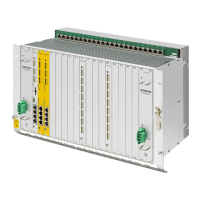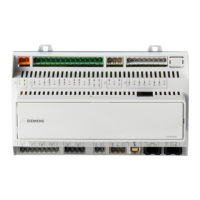Program code Comment
PROTA THEN recalculate collision model
ENDIF ; ENDIF
...
See also
Setting the protection zone status (PROTS) (Page 727)
3.11.3 Setting the protection zone status (PROTS)
The PROTS() procedure sets the state of protection areas to the specified value.
Syntax
PROTS(<State>[,<Name_1>,...,<Name_n>])
Meaning
PROTS: Sets the state of protection areas
● Must be alone in the block.
<State>: Status to which the specified protection zones are to be set
Data type: CHAR
Value: "A"or "a" Status: Active
"I"or "i" Status: Inactive
"P"or "p" Status: Preactivated or PLC-controlled
1)
"R"or "r" Status: NC-internal value of the initialization
status
2)
<Name_1> ...
<Name_n>:
Name of one or more protection areas that are to be set to the specified status
(optional)
If no name is specified, the specified status is set for all defined protection zones.
Data type: STRING
Range of values: Parameterized protection zone names
Note
The maximum number of protection areas that can be specified as parameters
depends only on the maximum possible number of characters per program line.
1)
The activation/deactivation is performed via: DB10.DBX234.0 - DBX241.7
2)
The status is set to the NC-internal value of the initialization status, i.e. to the value that the system
variable $NP_INIT_STAT had at the time of the last PROTA( ) (Page 726) call.
3.11.4 Determining the clearance of two protection zones (PROTD)
The PROTD() function calculates the clearance of two protection areas.
Work preparation
3.11 Collision avoidance with kinematic chains
NC programming
Programming Manual, 12/2019, 6FC5398-2EP40-0BA0 727

